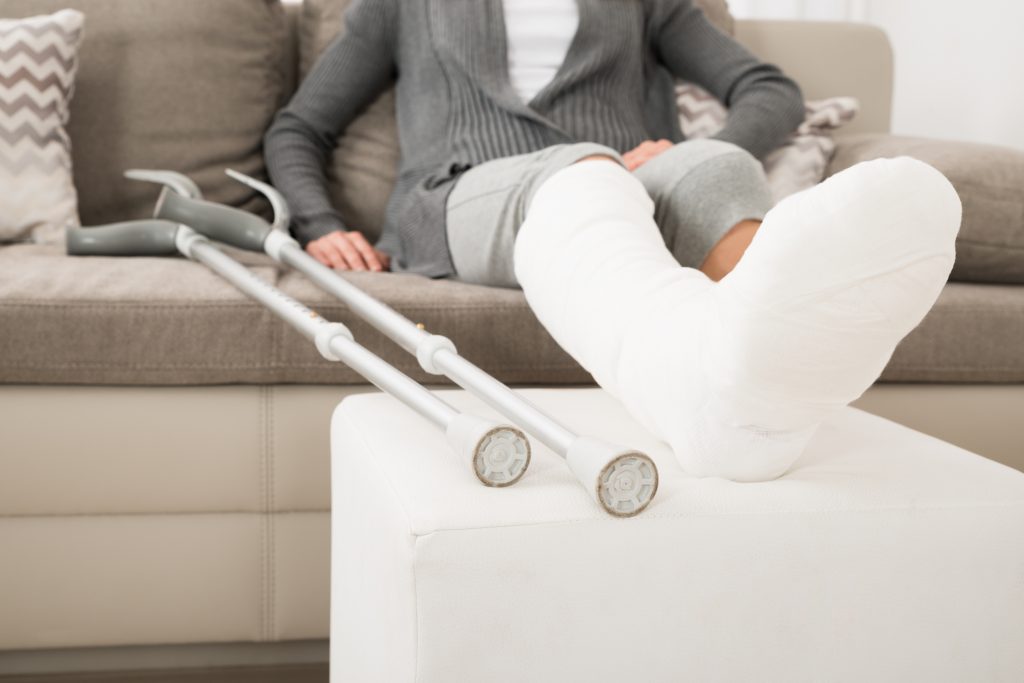September Is National Falls Prevention Awareness Month
Published: September 9, 2020
As a provider of rehabilitation care, Welbrook Farmington often serves guests who have come to us during their recovery from injuries sustained during a fall. We might not think much about our fall risk until we’ve suffered a life-changing fall injury. But we should! Millions of seniors are hospitalized with fall injuries each year, and thousands of these falls are fatal. Younger people, too, suffer fall injuries. A recent study from the University of Michigan showed that 10% of people between the ages of 40 and 60 experience a serious fall injury, and Yale University experts note that the rate of fall injuries has been rising among the younger baby boomers.
Fortunately, much research shows there are things we can do to avoid falling. Here are six science-based ways to lower the risk:
Get enough—and the right kind of—physical activity. Exercise is the number one way to lower the risk of falling. It keeps our bodies stronger, more limber, and better able to move through our surroundings safely. It keeps our brains more alert and enhances our energy level. A fall-prevention exercise program usually includes aerobic, muscle strengthening, flexibility, and balance-enhancing activities. Ask your doctor to prescribe an exercise routine that’s right for you.
Build your balance. As we grow older, our sense of balance may diminish. And some people just naturally have a better sense of balance to begin with. Have your balance evaluated, and report dizziness and instability. As with any other physical ability, we can do a “workout” to improve our sense of balance. Ask your doctor or physical therapist for a set of balance training activities, which might include special exercises or tai chi.
Have your medications reviewed. When taken correctly, medications help manage health conditions that raise our risk of falling, such as arthritis, osteoporosis, and Parkinson’s disease. But many medications—alone or combined with other drugs—can cause side effects such as dizziness, drowsiness, and confusion that can actually raise the risk. Ask your doctor to review all the prescription and over-the-counter medications you take, and be sure to report side effects.
Have regular eye exams, and get your hearing checked, too. The University of Michigan study mentioned above found that vision problems are a leading cause of falls, even among younger people. And while it might seem obvious that poor vision could cause us to fall, it’s important to remember that we get a lot of information about the environment around us through our ears, as well. Have your hearing tested, and if you have hearing aids, work with your specialist to ensure they’re properly adjusted.
Make it a habit to watch your step. So often, it’s a curb we didn’t see, a branch across the path or a patch of ice that causes a fall. Be aware of your surroundings. And there’s a big new challenge today: experts tell us emergency rooms are seeing a lot more patients who took a tumble while looking at their smartphones. No doubt you’ve heard of distracted driving; distracted walking is a thing, too!
Fall-proof your living space. So you’re taking care not to trip over uneven pavement, and looking ahead to avoid hazards as you’re out and about. Great! But did you know that statistics show most fall injuries take place right in a person’s own home? Give your living space a fall protection inspection. Remove loose throw rugs, extension cords, and furniture in the path, and clear clutter that could trip you up. Consider home modifications, such as an extra set of handrails on stairs, grab bars in the bathroom, and improved lighting throughout the house and yard.
Other fall-prevention steps we can take are to limit alcohol consumption; wear properly fitted, sturdy shoes; and get help selecting and using walking aids such as crutches or a cane. The very first step is to talk to your doctor about your fall risk. If you’ve had a fall, report it. That conversation could help reduce the risk of another.


